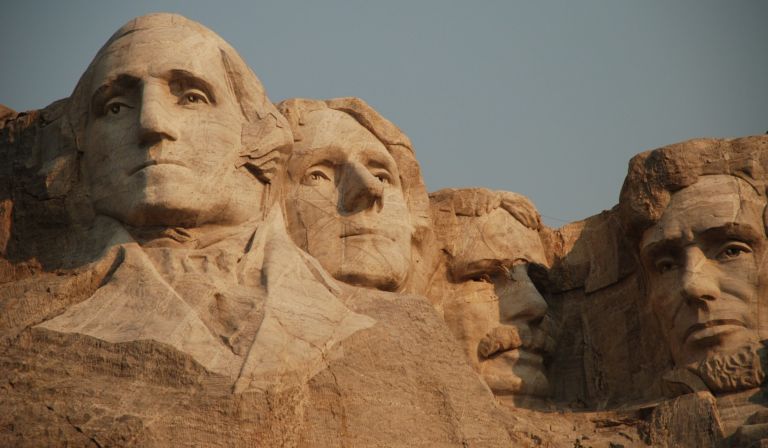John Steele Gordon offers Barron’s readers a history lesson involving glass.
Monks had known for some time that a piece of glass that was curved on one side magnified the text of a book. And late in the 13th century, some unknown genius took two discs of glass that bulged in the center and fitted them into a frame that rested on the nose. Reading glasses, the solution to presbyopia, were born.
But spectacles did much more than just make it easier for people over 40 to read. They effectively doubled the productive years of anyone who worked close up, from monks who copied manuscripts to surgeons to tailors to artists to lawyers and accountants.
In the 14th century, literacy was not widespread, so the demand for spectacles was relatively small. The invention of printing lowered the cost of books and pamphlets by at least an order of magnitude, hugely increasing the demand. In 1450, there were only about 50,000 books in all of Europe. By 1500 there were roughly 10 million books.
AS LITERACY SPREAD, so did the demand for reading glasses, and the industry grew. The increased number of producers drove experimentation. At the end of the 16th century, the microscope was invented in the Netherlands. Galileo quickly improved the first, simple microscopes, which were essentially magnifying glasses, by developing the compound microscope, with two or more lenses that allowed much higher magnification. For the first time, humans could explore a world that no one even knew existed. The exploration of that world would revolutionize medicine and biology.
A few years after the first microscope was made, the Dutch invented the telescope. Again, Galileo quickly improved it and, crucially, turned it to the heavens. When he used it to observe Jupiter, he noticed that there were four dots of light on either side of the planet’s equator, dots that moved night by night. He immediately understood what he was seeing—bodies in orbit around another heavenly body. That contradicted both Aristotle and Catholic Church doctrine, which held that all heavenly bodies orbited the Earth.
He also noticed that Venus, like our moon, showed phases, including a full phase when it had the smallest apparent diameter, and that it was brightest when at its much larger, crescent phrase. That was impossible if it were orbiting the Earth. It had to be orbiting the sun.
These quickly proved a deathblow to the geocentric model of the universe that had dominated astronomy since the time of Aristotle. Freed of this ancient paradigm, astronomy developed quickly into a real science, producing such giants as Isaac Newton.
Thus, the telescope and the microscope were fundamental in starting the scientific revolution of the 17th century. The cascade of discoveries in chemistry, physics, botany, biology, medicine, and metallurgy in turn drove the Industrial Revolution and gave us the modern world.


